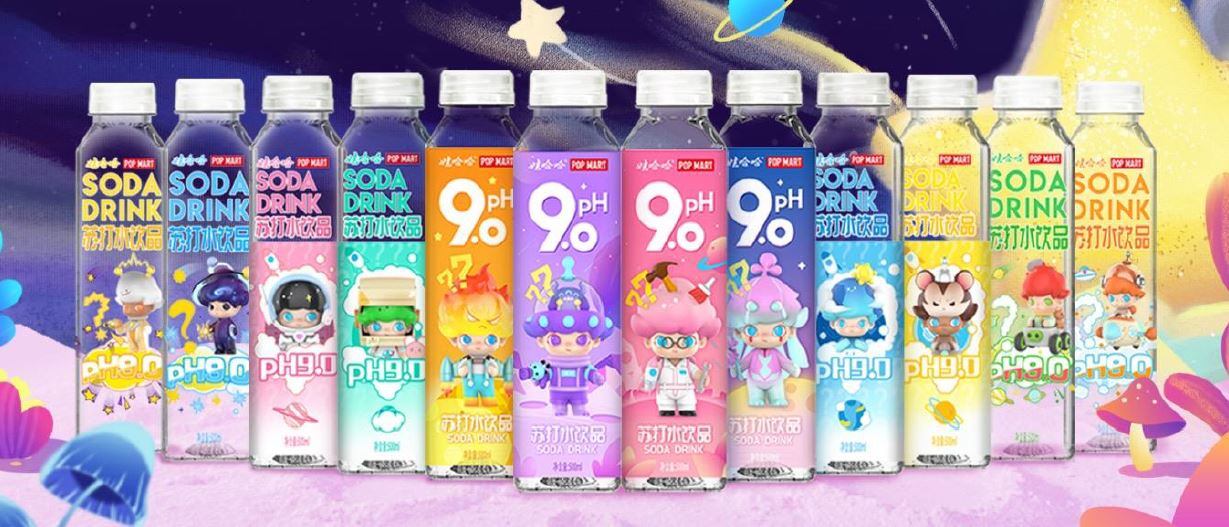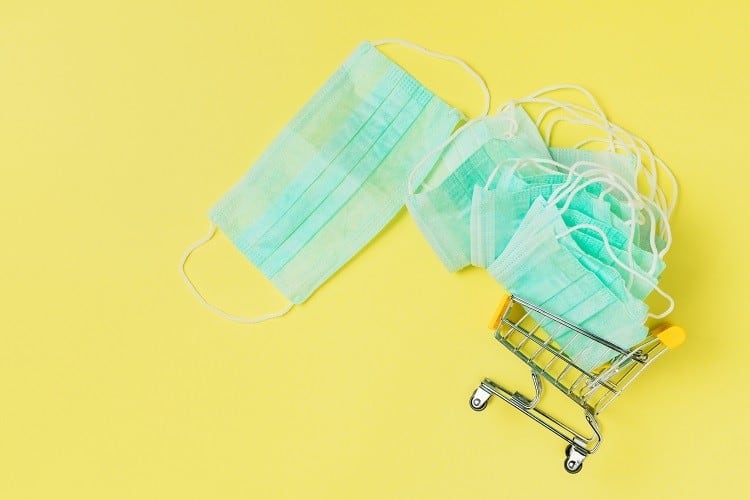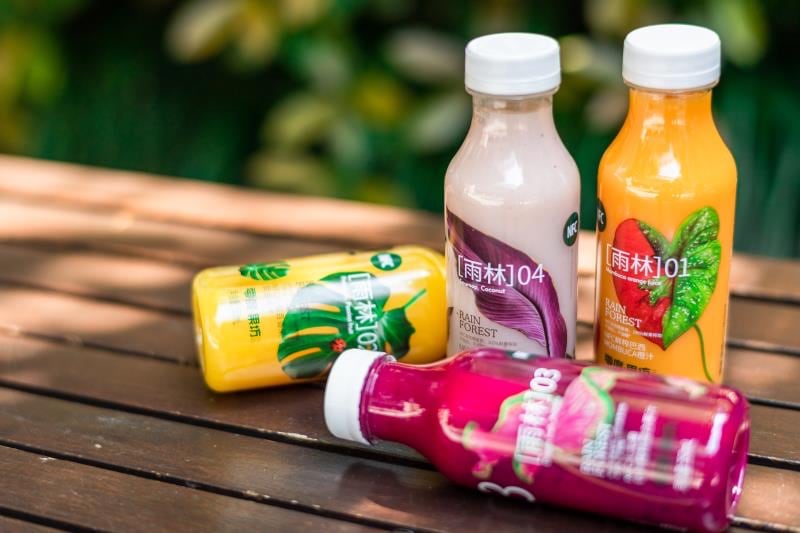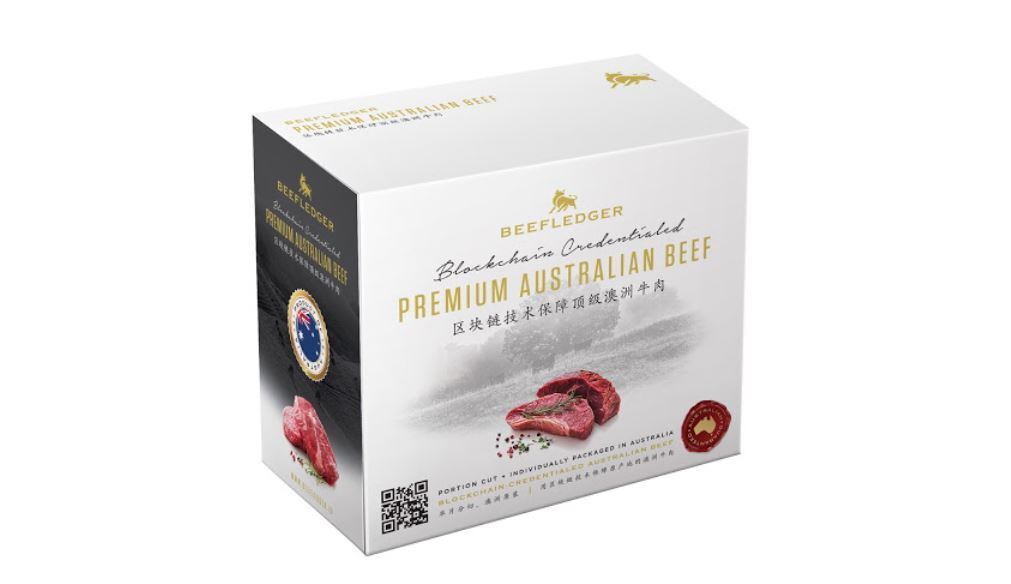According to a Frost & Sullivan report, the size of China's soft drink retail market in 2019 was RMB 991.4bn (US$142bn), with a CAGR of 5.9% from 2014 to 2019. While the market is expected to reach RMB1,323bn (US$190bn) in 2024, the CAGR is expected to remain at 5.9%.
Within this category, there has been a trend in sparkling water, soda water, and tea, as well as zero sugar and zero calorie beverages as consumers become more health conscious.
Cheng Gong, deputy director of brand and public relations at Wahaha told FoodNavigator-Asia that sales of Wahaha’s soda water range increased 41% in H1 2020, compared to the corresponding period last period, and all this amid the COVID-19 pandemic.
Wahaha launched its first soda drink in 2010, containing zero sugar. As of July 2020, the firm has sold two billion bottles cumulatively.
Cheng said the firm had been working on R&D to produce healthier products that were sugar-free, fat-free and calorie-free to keep up with the health trends. “We are very optimistic about the prospect of soda water market in China.”
Within its soda range, Wahaha launched its pH 9.0 alkaline water product last year, after two years of R&D. The product contains a pH of 9.0, making it mildly alkaline, and does not contain any sugar or carbon dioxide.
It is manufactured using the electrolytic water treatment which meant water was being ionised through electrolysis, giving it a higher pH level.
Alkaline water has been a global trend in recent years, with some studies reporting its better hydration properties, ability to reverse the acidic effects of a poor diet, helping in acid reflux and contains higher amount of minerals such as magnesium and calcium. However, these effects are still somewhat controversial with not many scientific studies to support the health claims.
The pH 9.0 alkaline water has seen sales increase 235% in H1 2020.
Cheng pointed out there were few companies in China producing alkaline water, and Wahaha’s product was also the only product in the country with a pH level of nine.
There are currently eight flavours in the alkaline range, including lemon, peach and mint, and most recently lychee which was launched in June this year.
Connecting to consumers
Wahaha presented at the recent Food and Beverage Innovation Forum 2020 (FBIF) held in Hangzhou, China.
Cheng told the audience that the company was focusing on several promotional activities to stay connected to its mostly younger consumers.
An example would be its blind drinking concept. Consumers pick up a bottle of water with no indication of flavour on the label.
Introduced as a limited sale activity, the company observed some consumers began collecting the bottles and exchanging it or selling it.
Another example was adding promotional activities onto its bottle. Consumers scan a code on the label to accumulate points which can be exchanged for Wahaha’s other beverages.
Wahaha has a range of other products including a nutrition line, and AD calcium milk.
The company is also planning to release new products to meet the demands of younger consumers including bubble tea.
The future
Although Wahaha is one of the largest food companies in China, it has not been listed. It achieved total sales of RMB 46.89bn (US$6.7bn) in 2018.
Recently, several media outlets have rumoured that Wahaha will be listing as early as next year, this follows another Chinese beverage company, Nongfu Spring, which was listed on the Hong Kong Stock Exchange this April. FoodNavigator-Asia confirmed with Wahaha that there were no plans to do so.
Being the largest beverage company in China, we asked Cheng how the firm competes with other international giants such as Coca-Cola and Pepsi-Co.
“Compared with multinational companies, local brands have more profound insights and cultural grasp of local consumers. Wahaha develops products for different consumer needs.”
Cheng said Wahaha has more than 7,000 distributors, and 100,000 merchants across the country.
Wahaha was recently ranked the top soda brand in China this year, according to Chnbrand’s customer satisfaction index. It replaced last year’s top ranked Watsons. Chnbrand is a Chinese brand evaluation institute.




